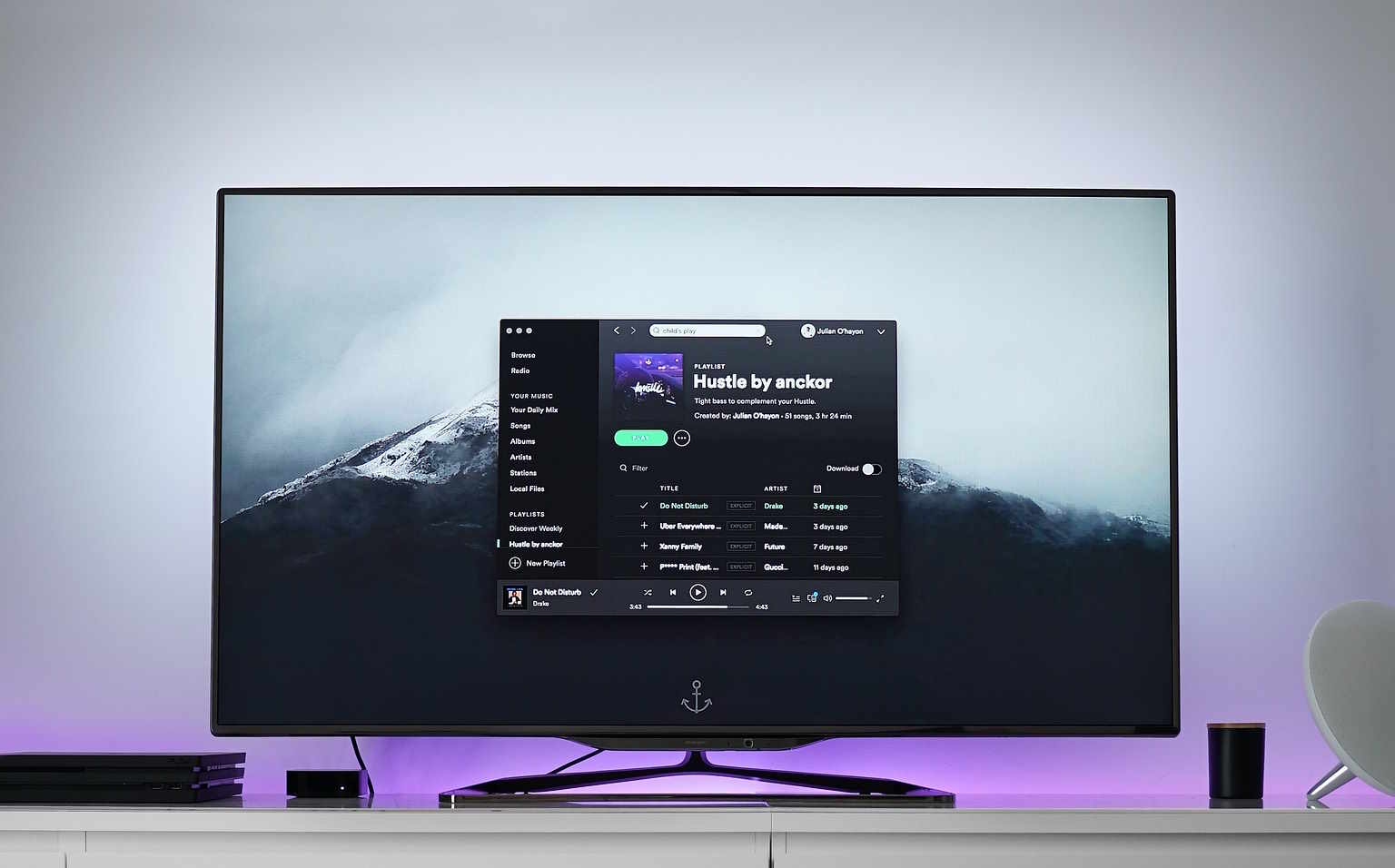"Striding Towards a Touchless Future: Gesture Control Technology"
As we step into a world where technology is increasingly becoming an extension of ourselves, it's impossible not to be captivated by the latest advancements that are revolutionizing the way we interact with our devices. Gesture control technology – the ability to manage devices using hand movements – is one such innovation that's taking the tech world by storm. With its potential to turn science fiction into reality, let's delve into the fascinating world of Gesture Control Technology.
The Dawn of Gesture Control
Gesture control has its roots in the early days of virtual reality. In the 1960s, Ivan Sutherland and his student Bob Sproull developed the first head-mounted display system that allowed users to interact with a computer-generated environment. However, it wasn’t until the advent of gaming consoles like the Nintendo Wii and Microsoft’s Kinect in the 2000s that gesture control technology entered mainstream consciousness.
Current Applications and Innovations
Today, gesture control technology is no longer confined to gaming consoles. It’s making its way into a range of sectors, including automotive, healthcare, and consumer electronics, among others. Companies like Google and Apple are investing heavily in this technology. For instance, Google’s Project Soli, a radar-based system that recognizes subtle hand movements, has found its way into the Pixel 4 smartphone.
The Power of Gesture: A Deeper Look
Gesture control technology works by using sensors or cameras to detect and interpret human hand movements. It’s an intuitive way of interaction that does away with the need for physical contact with devices. This technology has vast implications, especially in the wake of the COVID-19 pandemic, where touchless interactions have become more important than ever before.
Market Impact and Pricing
While the exact price range of gesture control technology can vary depending on the product, it is generally accepted that this technology will have a profound impact on the market. According to a report by Grand View Research, the global gesture recognition market size was valued at $10.1 billion in 2020 and is expected to grow at a compound annual growth rate (CAGR) of 22.2% from 2021 to 2028.
The Future of Gesture Control
As technology continues to evolve, the potential applications for gesture control technology are virtually limitless. Whether it’s controlling your car’s infotainment system with a wave of your hand or manipulating virtual objects in a VR game, the possibilities are truly exciting. And while there are still challenges to overcome, there’s no denying that we are on the brink of a touchless future.
In conclusion, gesture control technology is shaping up to be a game-changer in the way we interact with our devices. As we move towards a touchless future, it’s an innovation that promises to revolutionize not just the tech industry but our daily lives as well. With its roots in virtual reality and gaming, gesture control technology has come a long way and its future seems brighter than ever.





